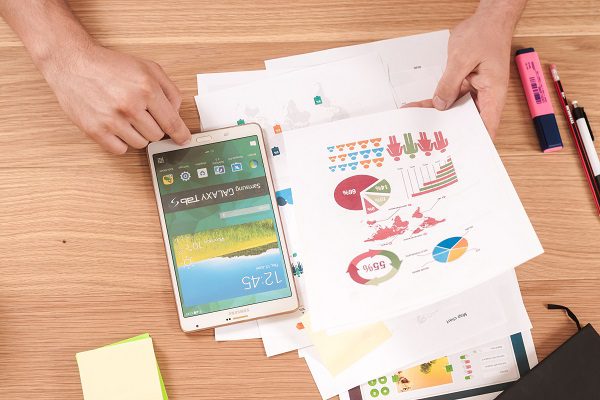Mobile applications have become an indispensable part of our daily lives. From ordering food to managing finances, these apps have revolutionized the way we live and interact with the world around us. One area where mobile apps have shown tremendous potential is in the realm of financial literacy, especially among students. With the rise of student loans and increasing financial responsibilities, it has become more crucial than ever to empower students with the knowledge and skills necessary to make informed financial decisions.
Introduction
The Importance of Financial Literacy
Financial literacy is not just about understanding how to balance a checkbook or create a budget. It encompasses a wide range of skills, including managing debt, investing wisely, and planning for the future. Unfortunately, many students graduate from high school without the necessary knowledge to navigate the complex world of finance. This knowledge gap can lead to poor financial choices, debt accumulation, and limited opportunities for financial growth.
Mobile Apps: A Game-Changer in Financial Education
Mobile apps are changing the landscape of financial education by making it more accessible and engaging for students. These apps leverage interactive interfaces, gamification, and real-time data analysis to create an immersive learning experience. Through visually appealing graphics and user-friendly interfaces, students can grasp complex financial concepts with ease. Moreover, mobile apps provide students with the flexibility to learn at their own pace, reinforcing their understanding of financial principles.
Interactive Learning Through Mobile Apps
One of the key advantages of mobile apps in financial education is their ability to offer interactive learning experiences. Unlike traditional classroom lectures, these apps engage students through quizzes, simulations, and interactive tutorials. By actively participating in their learning process, students are more likely to retain and apply the knowledge gained. Interactive features also allow students to track their progress, providing a sense of accomplishment and motivating them to continue learning.
Real-World Simulations for Practical Learning
Mobile apps take financial education a step further by offering real-world simulations. These simulations replicate various financial scenarios, such as budgeting, investing, and managing credit. By experimenting with these simulations, students can observe the consequences of their financial decisions in a risk-free environment. This hands-on experience equips students with practical skills that are essential for making informed financial choices in the real world.
Customized Learning Paths
Every student is unique, with different learning styles and preferences. Mobile apps recognize this diversity and offer customized learning paths tailored to individual needs. Through adaptive algorithms, these apps analyze students’ progress and areas of improvement, delivering personalized content and challenges. This personalized approach ensures that students receive targeted guidance, addressing their specific gaps in financial knowledge.
Monitoring Progress and Setting Goals
Mobile apps not only educate students about financial concepts but also assist them in setting and achieving financial goals. These apps allow students to set budgets, save for specific objectives, and monitor their progress over time. By visualizing their financial goals and tracking their achievements, students develop a sense of financial responsibility and discipline. This proactive approach to financial management instills lifelong habits that contribute to their overall financial well-being.
Mobile Apps and Financial Literacy Advocacy
Beyond individual student benefits, mobile apps play a significant role in promoting financial literacy advocacy. Financial institutions, educational organizations, and governments are leveraging mobile apps to reach a broader audience. By collaborating with app developers, these entities create educational programs that are accessible to students across socioeconomic backgrounds. This democratization of financial education ensures that every student, regardless of their circumstances, has the opportunity to enhance their financial literacy.
Conclusion:
Empowering Students for a Brighter Financial Future
Mobile apps have emerged as powerful tools in the journey toward improving financial literacy among students. By offering interactive, engaging, and personalized learning experiences, these apps empower students with the knowledge and skills necessary to make informed financial decisions. As the world becomes increasingly digital, embracing technology in education is not just a choice but a necessity. Through mobile apps, we can bridge the financial literacy gap, equipping students with the tools they need for a brighter and more secure financial future. So, let’s embrace the power of mobile apps and pave the way for a generation of financially literate and empowered individuals.


































